Resilience Gardening is a monthly feature during the pandemic in which our Director of Horticulture gives advice to new gardeners interested in regenerative gardening. This month, we discuss gardening with native plants.
AG: Summer is approaching! Are pandemic gardeners in Southern California still able to plant native species in their garden?
LT: I do not recommend it. The time to plant in Southern California is in the cooler Fall through Spring (basically the so-called “rainy season”). Even in the Fall and Spring, you will want to plant on a day that is cool and not (for example) during one of our inevitable Fall heatwaves.
Most of what you can do now is plan for the planting season: figure out what species you would like to plant and make some sketches. Be sure to research the mature size of the species you are interested in! When you buy native plants, you often find them in smaller-sized pots, but your little purchase might grow to be a 20 feet high shrub!
Waiting until the Fall is difficult, but you can water the area that you intend to plant occasionally to help activate the microorganisms in the soil. And you can build swales and basins (if appropriate) to redirect and utilize rainwater on the site.
AG: Suppose that I have a compacted, bare spot of land in my yard (the kind you find around many lots that have had their topsoil removed during construction) — do I need to do anything to prepare the soil for a native plant garden?
LT: In a native garden, it is best to assess your soil type and plant for that soil than try to change the soil texture yourself. For instance, if you have really sandy soil, it is better to plant species adapted to sandy soil than add commercial amendments. CA native plants are adapted to local soils. Assess your soil type by determining texture and water drainage, then choose the right native plant for your unique conditions.
Soil assessment: soil “texture” refers to the size of particles composing it and how much organic matter is in the soil to hold water and nutrients.
Sandy soil: larger/coarser particles.
Medium loam: mixed sized particle.
Clay or silt: fine particles.
To convert a bare, compacted area into a garden, I would begin by determining the soil type and then research plants appropriate for that soil type.* For example, compacted soil tends to hold more water, so you will probably want to adjust your plant selection to those conditions. After planting, beneficial microorganisms and fungi will take action to help with decompaction.
Nurturing a healthy soil environment: When preparing the site to plant, I recommend leaving fallen leaves, stems, branches, or other natural organic matter. This encourages microorganisms and beneficial fungi in the soil, which contribute to plant health. You can mulch after planting, but don’t mulch in advance (and be careful of the kind of mulch that you put in – you want a mulch composed of woody materials that won’t significantly increase nitrogen levels).
Some plant and planting resources:
CalScape — a database of CA native plants and planting guidelines
CalFlora — a more detailed database of CA native plants including observations in situ
Theodore Payne Foundation Native Plant Library — a database and planting guide with lists of plants appropriate for different soil conditions
AG: For those of us who already have native species in our gardens, how should we be preparing for the summer? What should we expect to see, for instance, from sage or buckwheat species?
LT: Prepare to enjoy the blooming and seed production! That is primarily what is going to be happening during summer. Revel in your natural botanical bird feeders, embrace the blonde grasses and the rust-colored seed heads of the buckwheat! I am always trying to get people to look at their gardens in this way – as natural birdfeeders rather than a graveyard of dead flower heads.
During years with average rainfall, no watering is necessary for the native garden. Many Southern California native plants are dormant in the summer, which is part of their adaption to the dry season. I occasionally water a bit in the summer, if we’re in a serious drought, but even then I try to keep it minimal.
When planning a new native garden, you might try mixing the vibrant foliage of evergreen native species with the rusts and blondes of summer-dormant species [the ones who might look a little tired over the summer].
AG: Last month, we talked about food gardening in containers. Are there any native species that perform well in containers? What about native species to use as food?
LT: Was last month’s interview an inspiration for anyone to plant edibles? I hope so!
There are many California native species that can be used as food or for medicinal purposes. Native currants, for example, are in full fruit right now (“the currants are currantly producing,” as I like to say) and can be eaten right off the plant. I don’t recommend using medicinal native plants unless you are well-educated in their use.
Of course, many natives are an important food source for our native fauna, and planting them helps reintroduce and regenerate our native habitat. That is one of the main reasons why I plant natives.
Regarding native plants in containers: yes, you can definitely plant in containers with success! Some Salvias (sages) and grasses do very well in containers, along with many others!
AG: I sometimes hear people remark that native plant gardens look “messy” — is that always true? What do you think is the right way for a gardener to respond to such a remark?
LT: Hmmmmmmmm – “messy”? I would say ”natural, not controlled by hedgers, mowers, and blowers”! haha!
I think appreciating a native garden is the same as appreciating, respecting, and embracing the natural world. During the pandemic, we read all the time about people clamouring to be in nature because they cannot stand being in their houses anymore. So why not bring some of the natural environment home, and enjoy it every time you step into your own garden?!
AG: Apart from having interesting blooms in the Spring and green foliage in the winter, what do you personally find special about gardening with native plants?
LT: Aside from all of the above, I love seeing the transformation from summer dormancy to the explosion of growth and blooms set off by autumn rains. Most of my native gardens rely only on rainfall, and this year my matilija poppies reached 12 feet tall without any supplemental water!
I enjoy seeing bits of what the landscape looked like before it was removed for development. And I am happy to be part of a movement aimed at restoring plants to our public and private spaces that once covered the region and supported our wildlife.

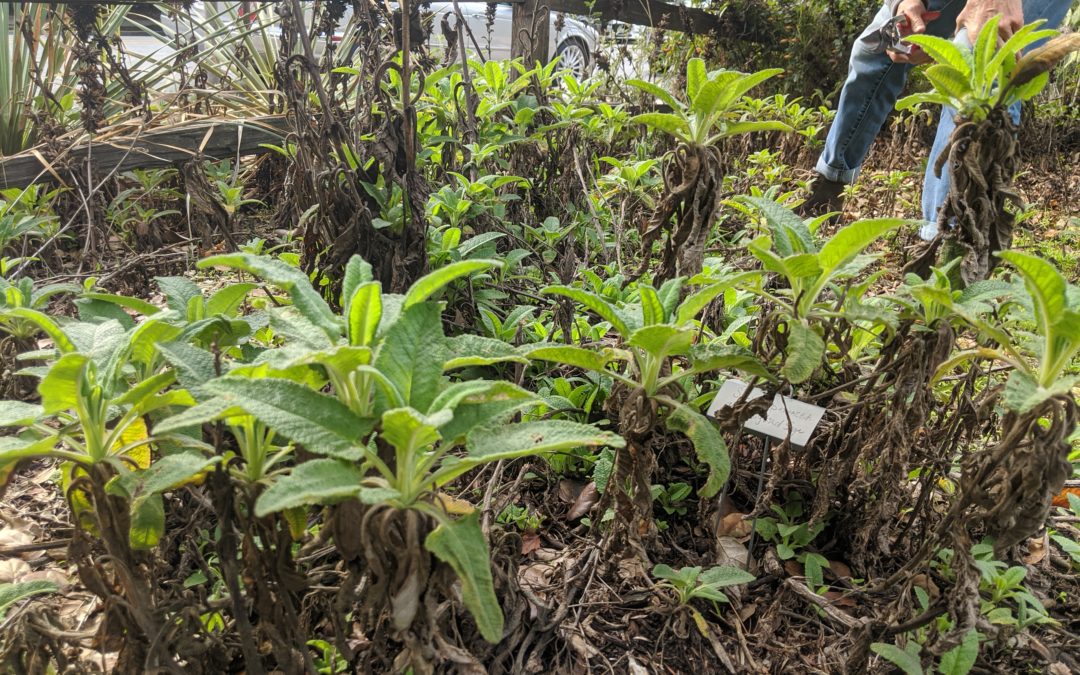
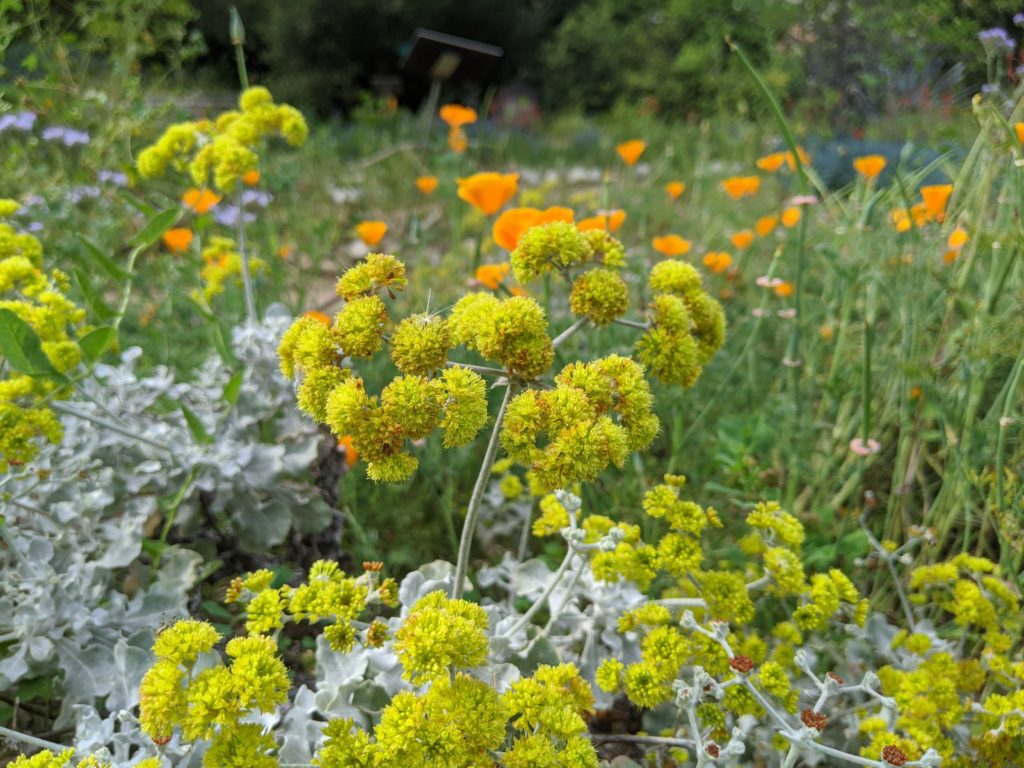
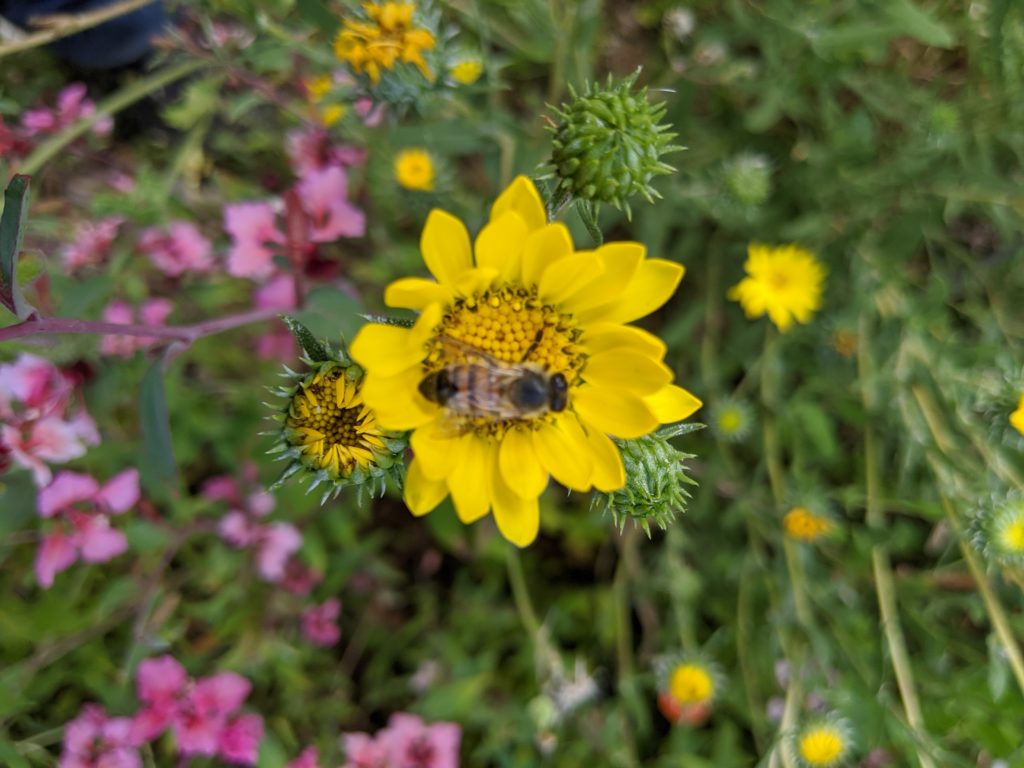
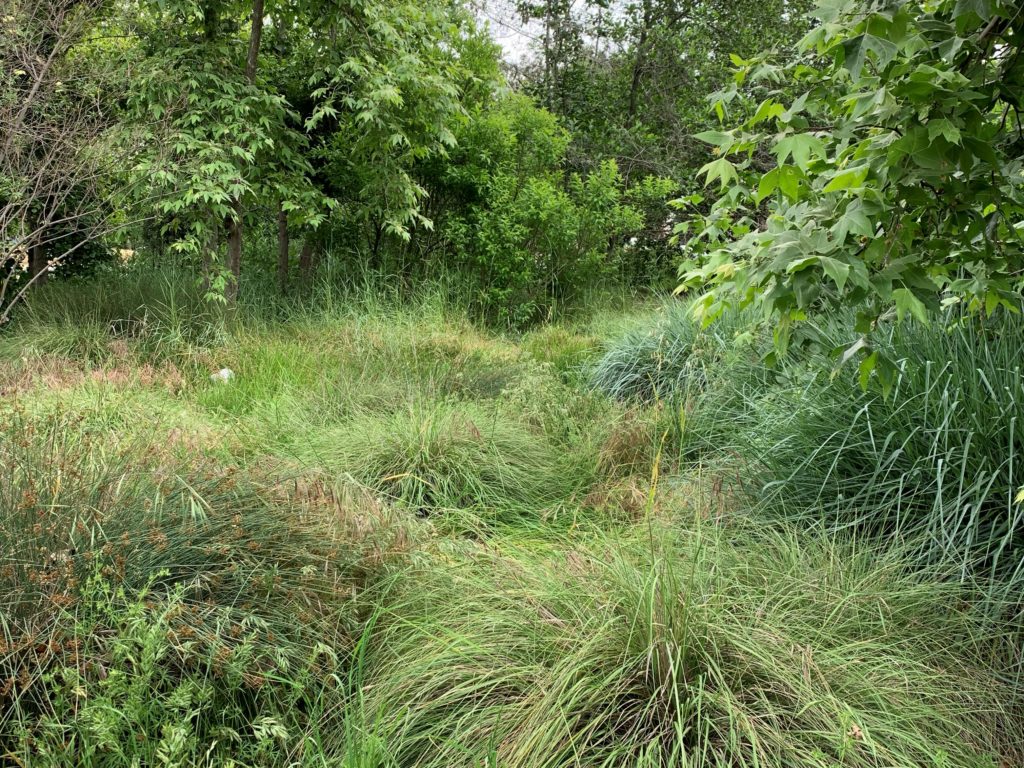

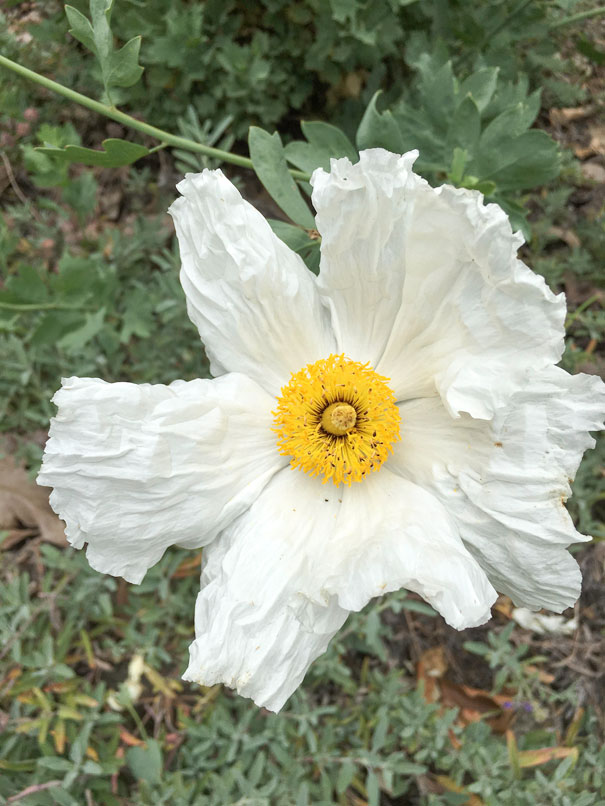

Recent Comments